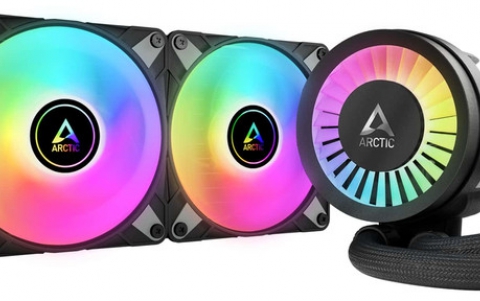
BASF and Philips To Develop OLED Lighting For Use As a Transparent Car Roof
BASF and Philips have achieved a practical breakthrough
in the development of OLED (Organic Light Emitting
Diode) technology that allows it to be integrated in
car roofs.
The OLEDs are transparent when switched off, allowing
for a clear view outside the vehicle, yet providing
light only within the vehicle when switched on.
The transparent OLED lighting concept allows new approaches to automotive engineering. The transparent OLED sandwich structure can be combined with equally transparent solar cells.

BASF and Philips have cooperated closely since 2006 within the OLED 2015 initiative of Germany's Federal Ministry of Education and Research (BMBF). BASF develops organo-chemical materials such as dyes that are used in the development and manufacturing of OLEDs by Philips.
OLED technology offers the advantage of high energy efficiency, in addition to creative flexibility and new options for designers. OLED light sources are just 1.8 millimeters thin and can be transparent. The entire surface of an OLED illuminates with diffused light, making it a very soft light source that produces less harsh shadows compared to point light sources.
The transparent OLED lighting concept allows new approaches to automotive engineering. The transparent OLED sandwich structure can be combined with equally transparent solar cells.

BASF and Philips have cooperated closely since 2006 within the OLED 2015 initiative of Germany's Federal Ministry of Education and Research (BMBF). BASF develops organo-chemical materials such as dyes that are used in the development and manufacturing of OLEDs by Philips.
OLED technology offers the advantage of high energy efficiency, in addition to creative flexibility and new options for designers. OLED light sources are just 1.8 millimeters thin and can be transparent. The entire surface of an OLED illuminates with diffused light, making it a very soft light source that produces less harsh shadows compared to point light sources.





















